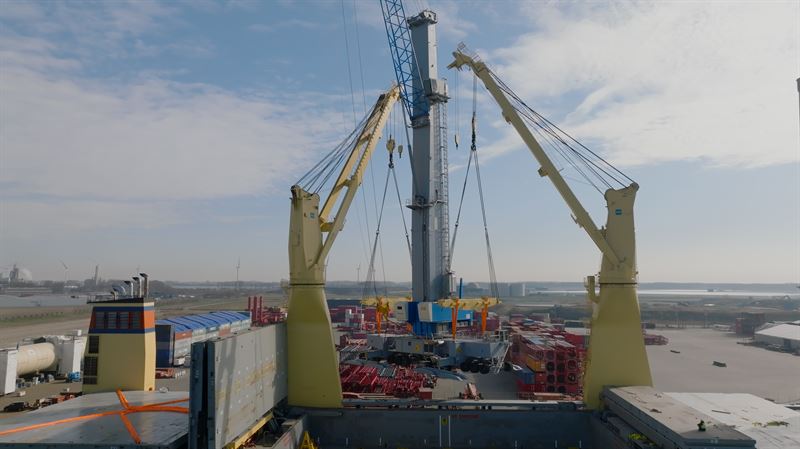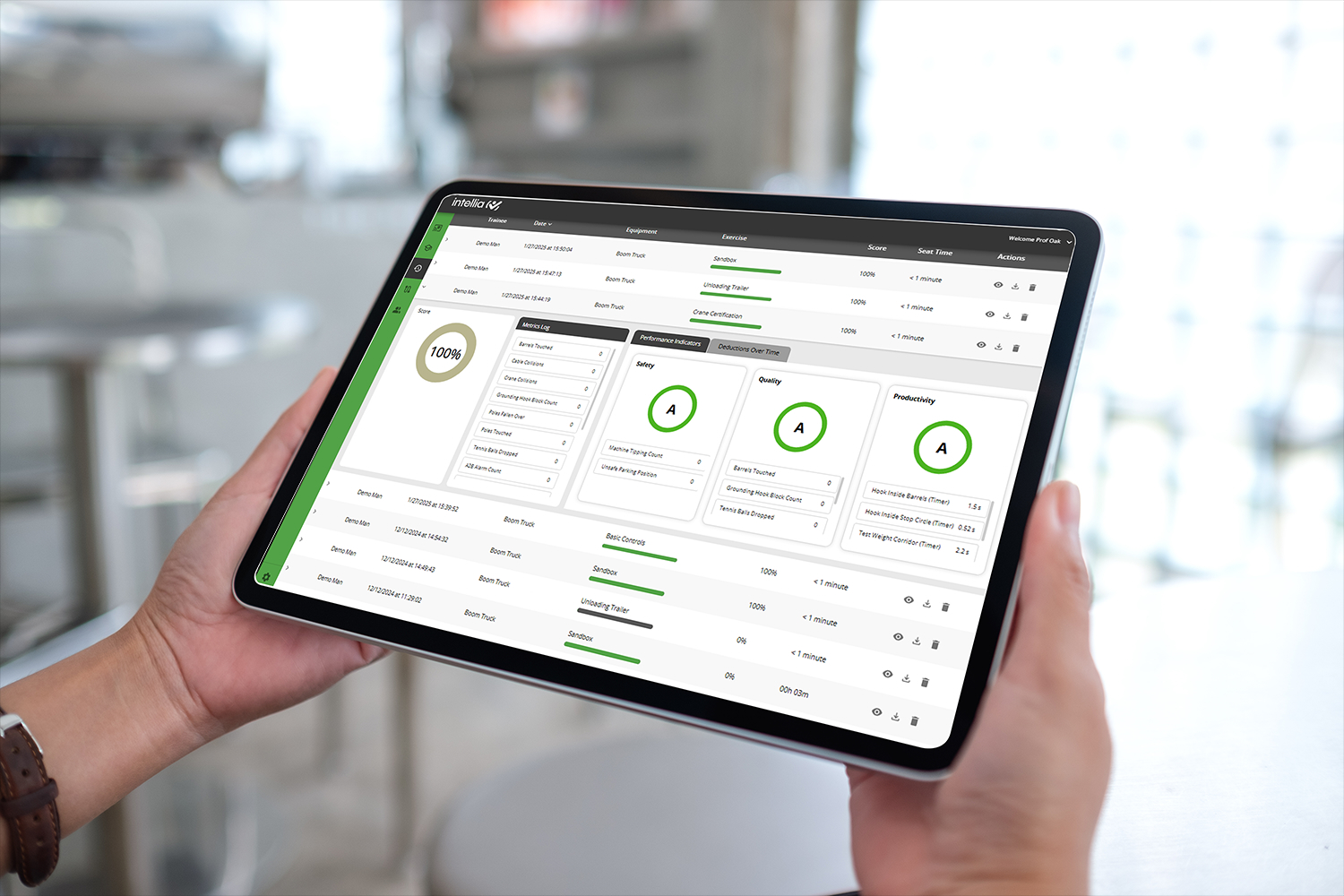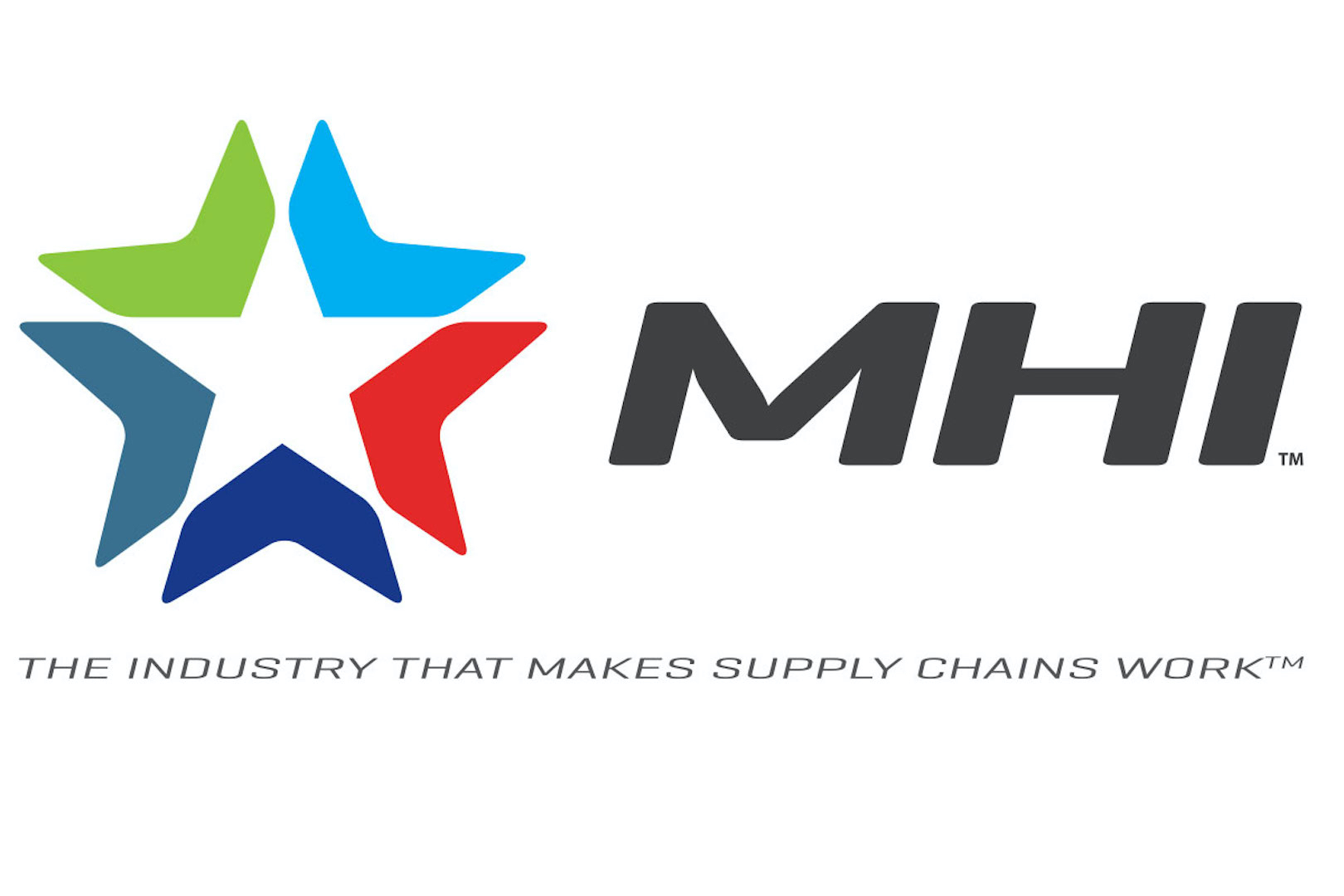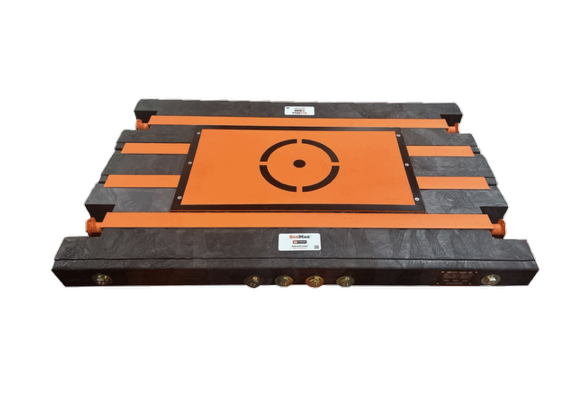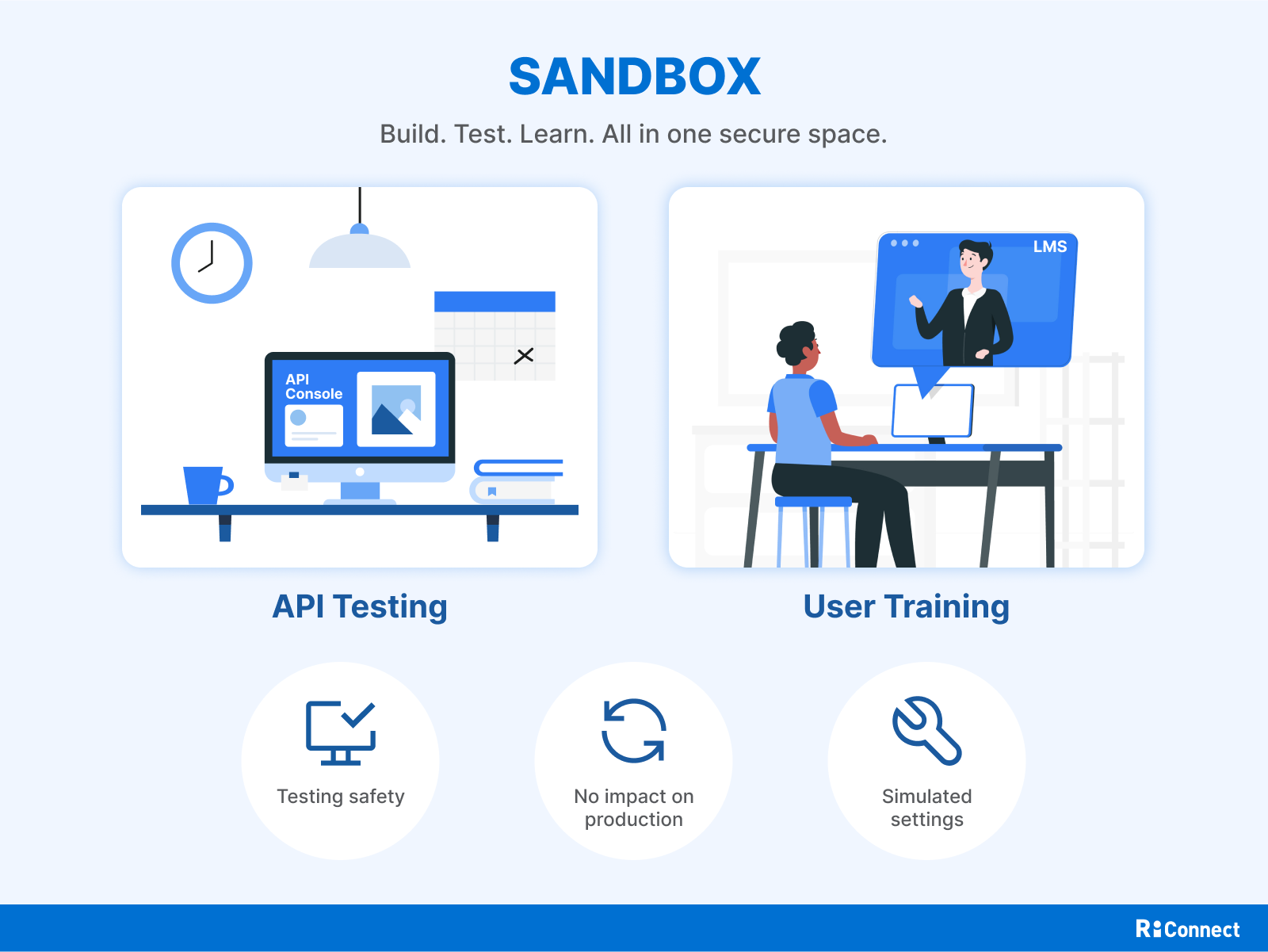Trade Shows: A Good Backstage Strategy
As an exhibitor or visitor only a proactive approach can yield return on investment of time and money. This blog is targeted at exhibitors.
Break your strategy into two clear areas—how to make the best of the time on the booth and things you can (and should) do off it. Make a checklist to ensure you do them every time you exhibit at a show. You might divide a page in half and title one side ‘On Stage’ and the other ‘Backstage’.
This blog will help you complete your Backstage list.
Like a theater production, most of the work takes place behind the scenes. Hence, it makes sense to start there.
First, the key takeaway from this blog. Getting the most from a trade show involves much more than what happens when the doors to visitors open and close. Use social media, trade magazines, other events, and more, to promote your involvement, engage with fellow exhibitors and attendees, and share your experiences.
If the show has a hashtag use it qualitatively but profusely on Twitter.
“We’ve signed up to exhibit at #TheBigShow, stand 345. Who’s going to be there?”
“It’s great to meet fellow members of the #TheBigShow community. Three months until the event!”
“Looking forward to meeting @OldFriend @NewFriend @ProspectiveClient at #TheBigShow”
Notice that I didn’t say: “We’re the best company in the world. Better than all other #TheBigShow exhibitors. Ignore them. Visit us.”
Who would trust a message like that? Communicate, engage, interact and even share what other exhibitors are showcasing. Interest in your products will follow.
Before that, choose the right event for you.
Audience, size, location, frequency, timing, duration, organizers, content and audience are all important. Yes, double check the audience the show has attracted historically and anticipates to welcome this time. As in so many other cases, it’s all about the demographic.
The size of a show often dictates the audience. A very large, international event isn’t likely to attract to its aisles small businesses. If that’s your target market, consider a smaller, local fair that has a sense of community.
Depending on the product or service you offer, location is another key consideration. If it’s on the other side of the world and shipping product there would be too expensive and time consuming, steer clear. Likewise, if you can serve a global audience in theory but don’t yet have the resources to do so practically, bide your time.
Some trade shows take place too often, others are too infrequent. It’s a difficult balance for organisers to strike and I’m sympathetic to those who have to retain a footprint in a market to stop a competitive event launching while they’re away. Many events could take place every two or three years but they happen every year (sometimes every six months) to saturate the market with one product. When I worked for magazine companies and staged educational conferences, we always had to be mindful of being diluted in this way by competitors and events specialists.
Time your involvement in events carefully. If you’re launching a new product to market, when might be a good time to start raising your profile? Do you need to have a presence at two or three shows before unveiling the thing that’s going to make everyone go ‘Wow’? Is there a particular show that would be best suited to a product launch and others better for branding or keeping up appearances? Launch a product to those who will buy it.
Consider the duration of the show. If it’s Monday to Thursday, for example, that probably means Saturday to Friday if you have a significant exhibit to setup or longer if staff have to travel overseas. Floor space is expensive but the money stacks much higher off the carpet when you consider time away from the office and product away from job sites. Is your business ready for such an investment of money and, more importantly, time?
Because content always matters
It’s worth noting who the organizers of the event are. This often dovetails with the content on offer at a trade show or conference. For example, if the leading trade association in an industry is putting on two days of presentations punctuated, preceded or followed by an exhibition, chances are the audience will be engaged and in attendance with learning and gathering information in mind. This mindset lends itself to those selling particular products and services. Might the subject of onsite seminars attract people you’d be interested to meet?
On the flip side, if negativity surrounds an event organiser, consider your involvement carefully. If all the other elements are in place but you’re still circumspect, challenge them to provide you with assurances and details of the demographic. Ask what they’ve done to enhance their model and what have they done recently to improve their reputation. If the turnout was poor last time the show took place, what have they done to get better footfall? (This isn’t a blog about negotiation but you could use this to drive down the price of your exhibit.)
Once you’ve ticked all the boxes and decided on a show or series of shows, plan the look and feel of the exhibit. What graphics would attract the attention of the audience of the day? Is the audience from the corporate or engineering sector? Try to put a product or service in front of potential customers. Brands and graphics are important but attendees are primarily concerned with what you do and how it can help them. Something they can feel and touch is more powerful than a slogan or photo.
Choose your event team carefully. Only put smart, polite, engaged, enthusiastic, knowledgeable staff (the only type of people you employ, right?) on a trade show exhibit. My next blog goes into more detail about this but selecting your team comes largely under the planning stage we’ve addressed this time.
Now your Backstage strategy is in order you’re ready to face an audience already excited about meeting you.
Richard Howes, Vice President of Marketing & Content


